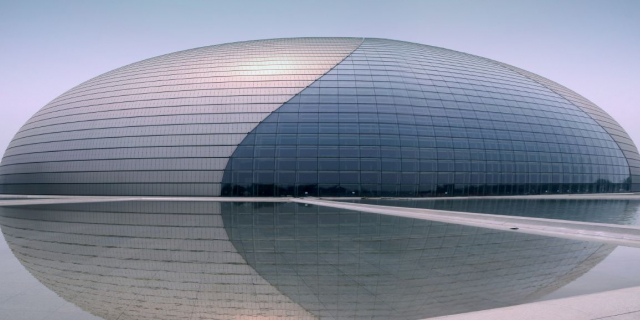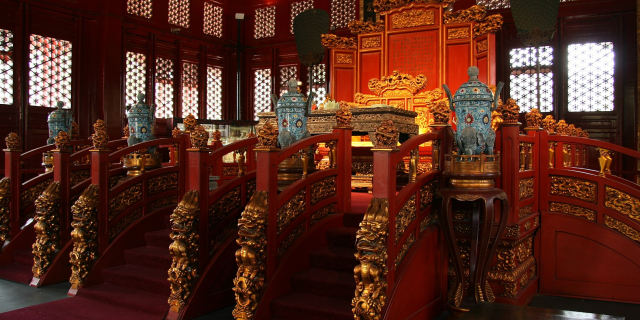The Underground City (Chinese: 地下城; pinyin: Dìxià Chéng; Wade–Giles: Ti4-hsia4 Chʻêng2) is a Cold War era bomb shelter consisting of a network of tunnels located beneath Beijing, China. It has also been referred to as the Underground Great Wall since it was built for the purpose of military defense. The complex was constructed from 1969 to 1979 in anticipation of a nuclear war with the Soviet Union, as Sino-Soviet relations worsened and was officially reopened in 2000. Visitors were allowed to tour portions of the complex, which has been described as "dark, damp, and genuinely eerie". Underground City has been closed for renovation since at least February 2008.
At the height of Soviet–Chinese tensions in 1969, Chinese Communist Party chairman Mao Zedong ordered the construction of the Underground City during the border conflict over Zhenbao Island in the Heilongjiang River. [1] The Underground City was designed to withstand nuclear, biochemical and conventional attacks.[2] The complex would protect Beijing's population, and allow government officials to evacuate in the event of an attack on the city.[3] The government claimed that the tunnels could accommodate all of Beijing's six million inhabitants upon its completion.[4]
The complex was equipped with facilities such as restaurants, clinics, schools, theaters, factories, a roller skating rink, grain and oil warehouses, and a mushroom cultivation farm. There were also almost 70 potential sites where water wells could easily be dug if needed.[1] Elaborate ventilation systems were installed, with 2,300 shafts that can be sealed off to protect the tunnels' inhabitants from poison gases,[5] Gas- and water-proof hatches, as well as thick concrete main gates, were constructed to protect the tunnels from biochemical or gas attacks and nuclear fallouts.[1][5]
There is no official disclosure about the actual extent of the complex,[1] but it is speculated that the tunnels may link together Beijing's various landmarks, as well as important governmental buildings such as the Zhongnanhai, the Great Hall of the People, and even military bases in the outskirts of the city. [3] The China Internet Information Center asserts that "they supposedly link all areas of central Beijing, from Xidan and Xuanwumen to Qianmen and [the] Chongwen district", in addition to the Western Hills.[1] It is also rumoured that every residence once had a secret trapdoor nearby leading to the tunnels.[1] In the event of a nuclear attack, the plan was to move half of Beijing's population underground and the other half to the Western Hills.[2]
The tunnels were built by more than 300,000 local citizens, including school students, on volunteer duties. Some portions were even dug without the help of any heavy machinery.[1] Centuries-old city walls, towers and gates, including the old city gates of Xizhimen, Fuchengmen, and Chongwenmen were destroyed to supply construction materials for the complex.[1]
 Notice by the side of the Underground City entrance at Xidamochang Jie explaining that the complex is closed for renovations following a safety inspection
Notice by the side of the Underground City entrance at Xidamochang Jie explaining that the complex is closed for renovations following a safety inspectionSince the complex's completion, it has been utilized by locals in various ways as the tunnels remain cool in summer and warm in winter. [1] On busy streets, some portions of the complex were refurbished as cheap hotels, while others were transformed into shopping and business centers, or even theaters.[1]
While the complex has never been used for its intended purpose, it has never been fully abandoned either. Local authorities still perform water leakage checks and pest control in the tunnels on a regular basis.[1]


































Add new comment